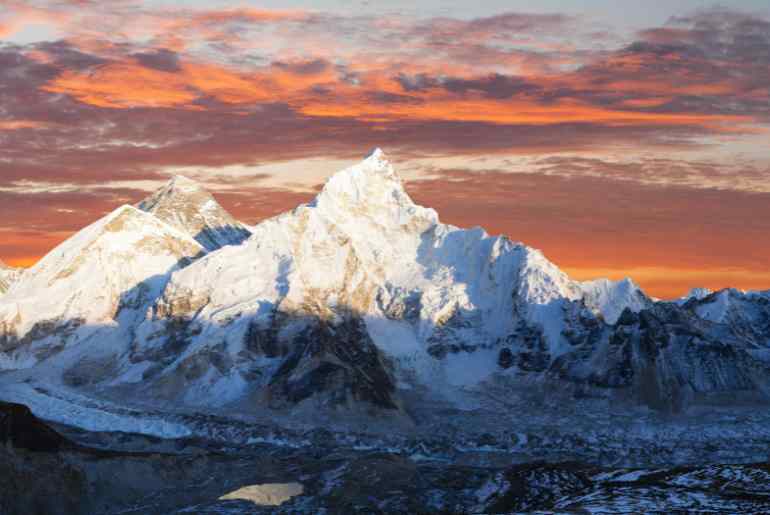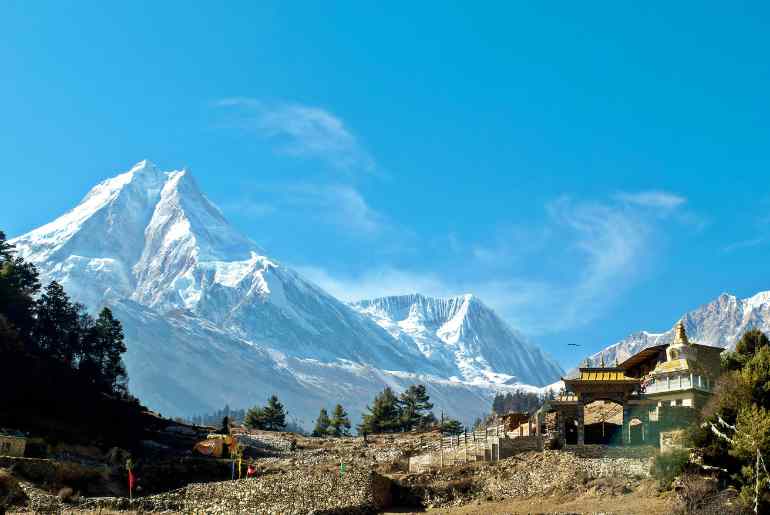Robert Swan once said, “The greatest threat to our planet is the belief that someone else will save it.” This sad belief has led us to the current catastrophic situation, as far as nature is concerned. Now, according to scientists, the Hindu Kush Himalaya region is on the brink of collapse. As per the International Centre for Integrated Mountain Development, the natural loss in this biosphere is rapid and on a very large scale. ICIMOD revealed this concerning call during the Third Lead Authors meeting of the Intergovernmental Science-Policy Platform on Biodiversity and Ecosystem Services. They have requested immediate and bold steps to save this region.
Speed & Scale Of Nature Loss In Hindu Kush Is Catastrophic, Says ICIMOD

The International Centre for Integrated Mountain Development (ICIMOD) declared that the Hindu Kush Himalaya region is a biosphere on the brink of collapse. The ICIMOD issued this urgent call in Nepal during the ongoing Third Lead Authors meeting of the Intergovernmental Science-Policy Platform on Biodiversity and Ecosystem Services (IPBES) nexus assessment. This assessment examines the connection between food, water security, health, biodiversity, and climate change. The meeting will continue until February 9. This will be followed by a summary for policymakers that is scheduled for February 10 and 11.
The IPBES was established in 2012 with 145 member states. They aim to strengthen the science-policy interface for biodiversity and ecosystem services. They are similar to the Intergovernmental Panel on Climate Change. During the meeting, the researchers at ICIMOD described the “speed and scale of losses in nature and habitat in the Hindu Kush Himalaya region as catastrophic.” It is to be noted this region is 3,500 kilometres long. It covers eight countries – Afghanistan, Bangladesh, Bhutan, China, India, Myanmar, Nepal, and Pakistan.
ICIMOD Deputy Director General Izabella Koziell said during the speech, “4 of the world’s 36 global biodiversity hotspots are in this region. 12 of the global 200 ecoregions, 575 protected areas, 335 important bird areas – those figures speak for themselves. Yet we are in an accelerating crisis, despite the efforts of everyone here and many in the international community. 70% of the original biodiversity has been lost over the last century.”
Also Read: Eat, Pray, Love In Bali Will Come With A Tourist Tax From Feb 2024; A Bid To Protect Its Nature
Calls For Bold Actions & Financial Aid To Prevent This Nature Loss

This nexus assessment aims to enhance the understanding of the links between biodiversity, water, food, and health in the context of climate change. This will, in turn, help them identify options for improved policies and foster collaboration across related sectors. According to stats, around 241 million people live in this region and about 31% of them are food insecure.
Seeing as the Hindu Kush Himalaya is one of the most biodiverse areas on Earth, the ICIMOD has called for “bold action and urgent finance” to prevent nature loss in this region.
It is so disheartening to see how the callousness of humans has deteriorated nature in the worst ways possible.
Cover Image Courtesy: Canva
For more such snackable content, interesting discoveries and the latest updates on food, travel and experiences in your city, download the Curly Tales App. Download HERE.
First Published: February 06, 2024 11:39 AM




